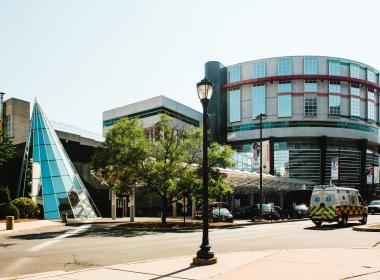At Connecticut Children’s, our board-certified pediatric plastic surgeons provide expert, compassionate care tailored to infants, children, and teens. We diagnose and treat an array of common and complex disorders and traumas in infants, children, and adolescents, including cleft lip and palate, microtia, vascular anomalies, wound care, lymphedema, lesion excision and much more.
Our multidisciplinary team collaborates with specialists in craniofacial, orthopedic, and reconstructive surgery to offer personalized treatment plans for every child. Using advanced techniques and minimally invasive procedures, we ensure the safest, most effective outcomes.
Why choose Connecticut Children's for plastic surgery?
- Top-ranked pediatric specialists
- Advanced surgical techniques
- Comprehensive, family-centered care
Explore our pediatric plastic surgery services and discover how we help children thrive.




